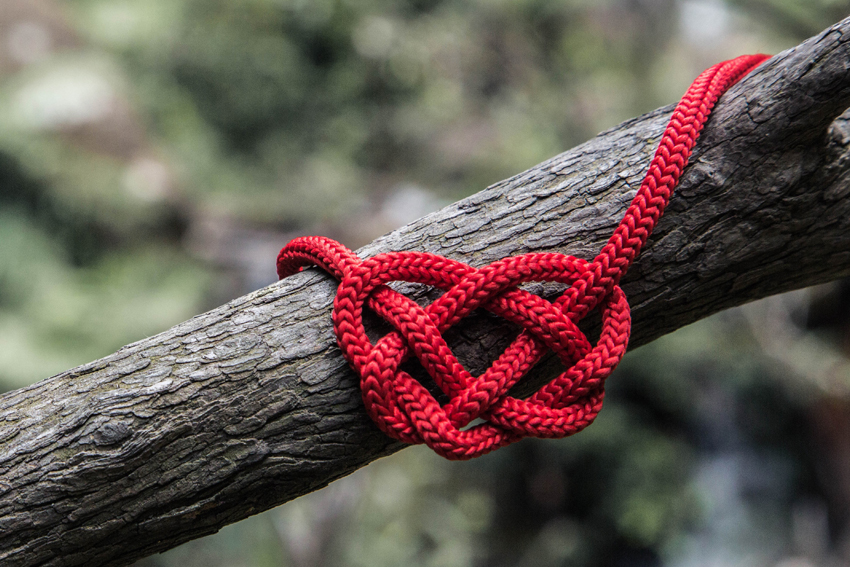My relationship with money is a complicated one. We all know the image of the starving artist, and for the longest time, I was one of them. I still am one of them. But not for much longer. I’m actively working on changing my attitude toward money but also on how to get better with it. This year, as part of my recovery, I did The Artist’s Way and it was the first time I challenged myself to answer some tough questions:
- Do I know how I spend money (how much and on what)?
- How did my parents feel about money?
- How do I perceive wealthy people?
First of all, it turns out, the starving artist mentality is only one piece of the puzzle. My parents actually taught me to save and live well with very little. Over the past few years, I’ve been adopting a more and more minimalist lifestyle, getting to a point where the only physical possessions that matter to me are my laptop, my phone, and my passport—and even those are replaceable.
My perception of wealth is the biggest issue. Growing up, I kept seeing my parents spending their time, skills, and money on helping others. Being of service to others became my greatest value. Consequently, I chose a career in the non-profit sector, most notably one where I saw all the horrible things rich people did to indigenous peoples and the environment. Money became the enemy.
A Date with Money
My life changed in 2016. I had a baby. Every parent knows how costly that is, and generally, it’s so much more expensive than we think. Being a starving artist is no longer an option. Giving my child the best life possible costs money—and that’s money I don’t actually have. So it’s time to put on my big girl pants and make some changes. And because some things never change, I looked for support in books, selecting two.
Step 1: To work on my perception of money
For that, I chose Kate Northrup’s Money: A Love Story. The book talks about thought patterns that may be holding us back from earning what we’re worth or saving what we can. She also developed a quiz that brings up questions such as, do you:
- know how much money is in your bank account right now within $100?
- feel anxious when you think or talk about money?
- get bored or exhibit other signs of resistance when learning about finances?
- feel optimistic about your financial future?
Step 2: To learn how to get good with money
For that, I chose Chelsea Fagan’s The Financial Diet. I recently discovered her YouTube channel, which I highly recommend. The Financial Diet teaches us to:
- create a budget
- build an emergency fund
- do a credit card checkup (because how much of your credit you use impacts your credit score)
- automate card and bill payments as well as savings transfers
- know and build your credit score
- plan for retirement
- run a career checkup and set goals
- establish better domestic habits
- add at least one source of extra income
- really understand financial terms like stocks, bonds, IRAs, etc.
I’m just at the beginning of my journey, but I’ve taken the first baby step and recognized I have a problem. Now it’s time to learn how to fix it and then to actually fix it.
[VIDEO] 7 “Grown-Up” Behaviors That Are Wasting Your Money by The Financial Diet
Image: Will O







